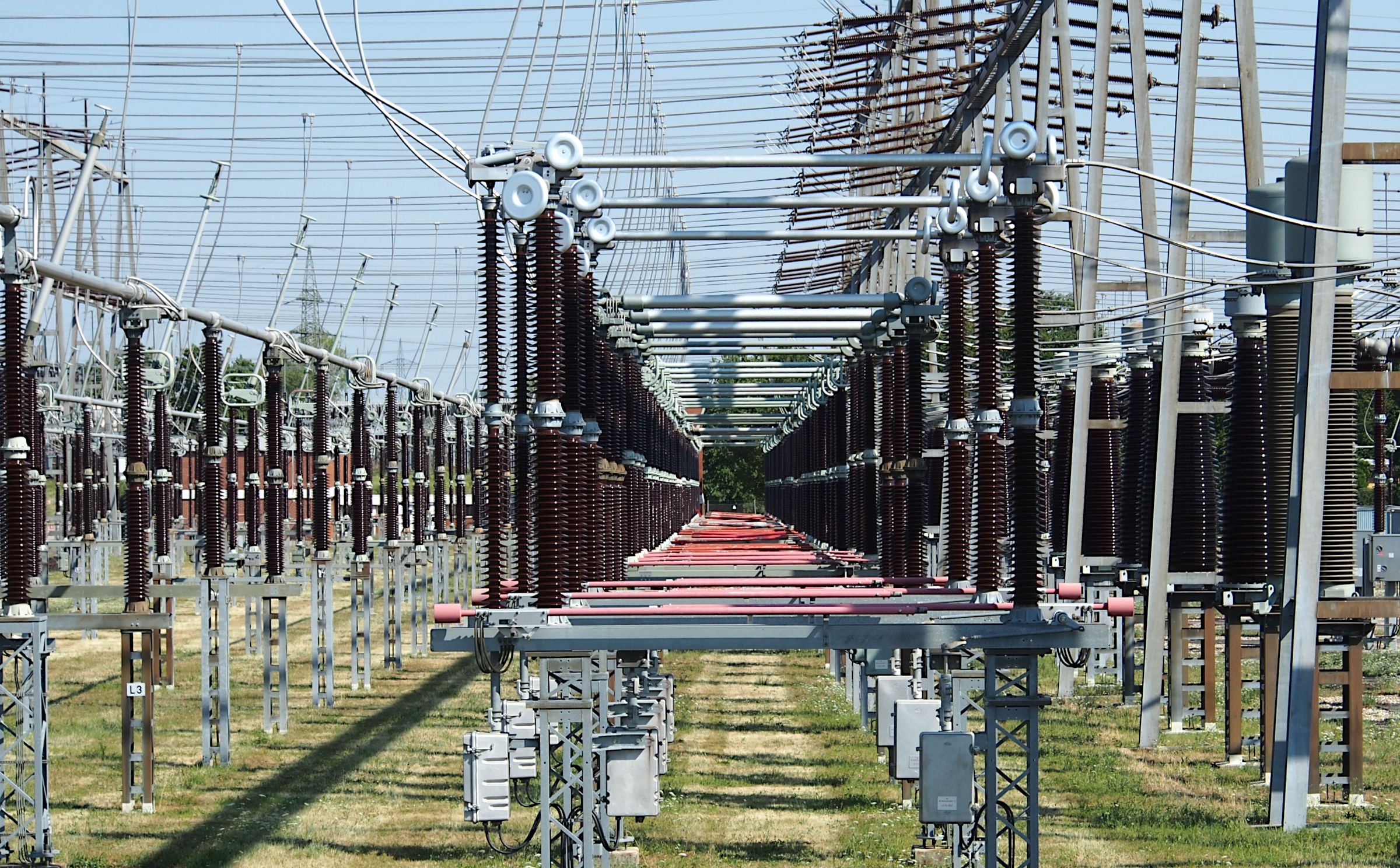GREEN SYNTHESIS OF METAL OXIDE NANOPARTICLES FOR SOLAR CELL EFFICIENCY ENHANCEMENT
Keywords:
Metal oxide nanoparticles, Sustainable nanotechnology, green synthesis, Solar cell efficiencyAbstract
Solar technologies are now at the forefront of renewable energy research due to the growing demand for sustainable and clean energy. One promising method to increase light absorption, charge transport, and overall photovoltaic performance is the integration of metal oxide nanoparticles (MONPs). Improving the efficiency of solar cells is still a major challenge. However, hazardous chemicals, high temperatures, and energy-intensive procedures are frequently used in conventional synthesis methods for MONPs, which present significant environmental and financial challenges. By using biological resources, such as plant extracts, as reducing and capping agents for nanoparticle formation, green synthesis provides a sustainable and environmentally friendly substitute. Because it uses less energy, produces less hazardous waste, and operates in mild conditions, this method is in line with the principles of green chemistry. The use of green-synthesised MONPs in solar cell technologies is still unexplored despite its potential, especially when it comes to synthesis parameter optimization and comprehending the structure property–performance relationship. The physicochemical characteristics of MONPs and their incorporation into different solar cell architectures are assessed in this study, which focuses on the environmentally friendly synthesis of MONPs using plant-based materials. Optimizing the synthesis procedure to regulate particle size and shape, characterizing the nanoparticles with methods like XRD, SEM, and UV-Vis spectroscopy, and evaluating their effect on solar cell efficiency are some of the main goals. The results are intended to show that green-synthesized MONPs can be used as sustainable and efficient materials for next-generation photovoltaic systems, helping to create high-performing, eco-friendly solar energy technologies.
















